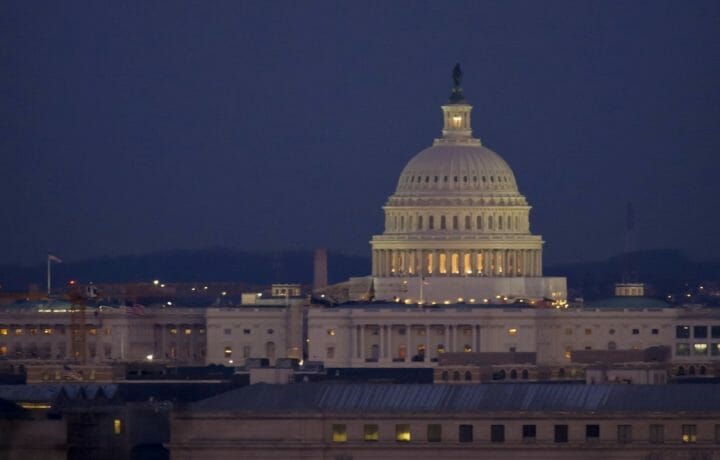After nine years of consistent growth, federal government services contracts with the private sector decreased in 2010, according to a report from the Center for Strategic and International Studies.
While federal services contracting more than doubled from $159 billion in 2000 to $333 billion in 2010, it declined in fiscal 2010 to $333 billion, compared with $343 billion in 2009. Overall, the past decade has seen a growth rate of 7.6 percent in federal government services contract. However, during the past five years, the CAGR slowed to 4.7 percent.
The services sector that experienced the highest growth rate since 2000 was medical services, with a 14.7 percent CAGR, followed by professional, administrative and management services, with a CAGR of 10.8 percent, according to the study. A trend among companies has been to increase their presence across multiple sectors, the report adds, with many extending particularly into the profession, administrative and management area.
The Department of Defense was the dominant consumer of services during the period analyzed, accounting for nearly 60 percent of total federal dollars spent from 2007 to 2010. The Department of Energy and NASA were the other top consumers of services and, combined with the DoD, these agencies accounted for almost three-quarters of the federal services market during the decade.
The total number of contractors in the services industry increased from 60,000 in 2000 to slightly more than 157,000. Most of this growth is due to more contractors undertaking small contracts under $25,000. While the number of small contractors in the market declined for the first time in over a decade between 2008 and 2009, in 2010, the number of small contractors reached the highest level in the past decade.
The majority of the top 20 federal contractors in 2010 were defense, security, and logistics firms, which included Lockheed Martin, Northrop Grumman, Boeing and Raytheon. Also, three major medical services providers were included: Health Net, TriWest Healthcare, and Humana. “Their suddenly high ranking positions represent the growing cost of health-related entitlements paid by federal agencies and a trend in federal contract actions going to health service providers,” the report noted.




